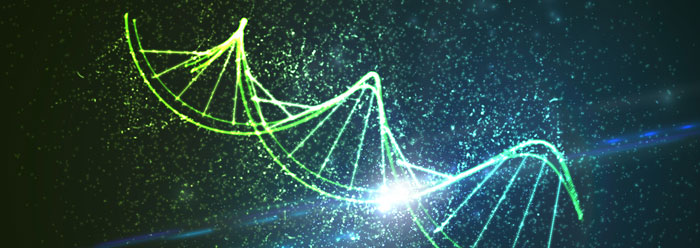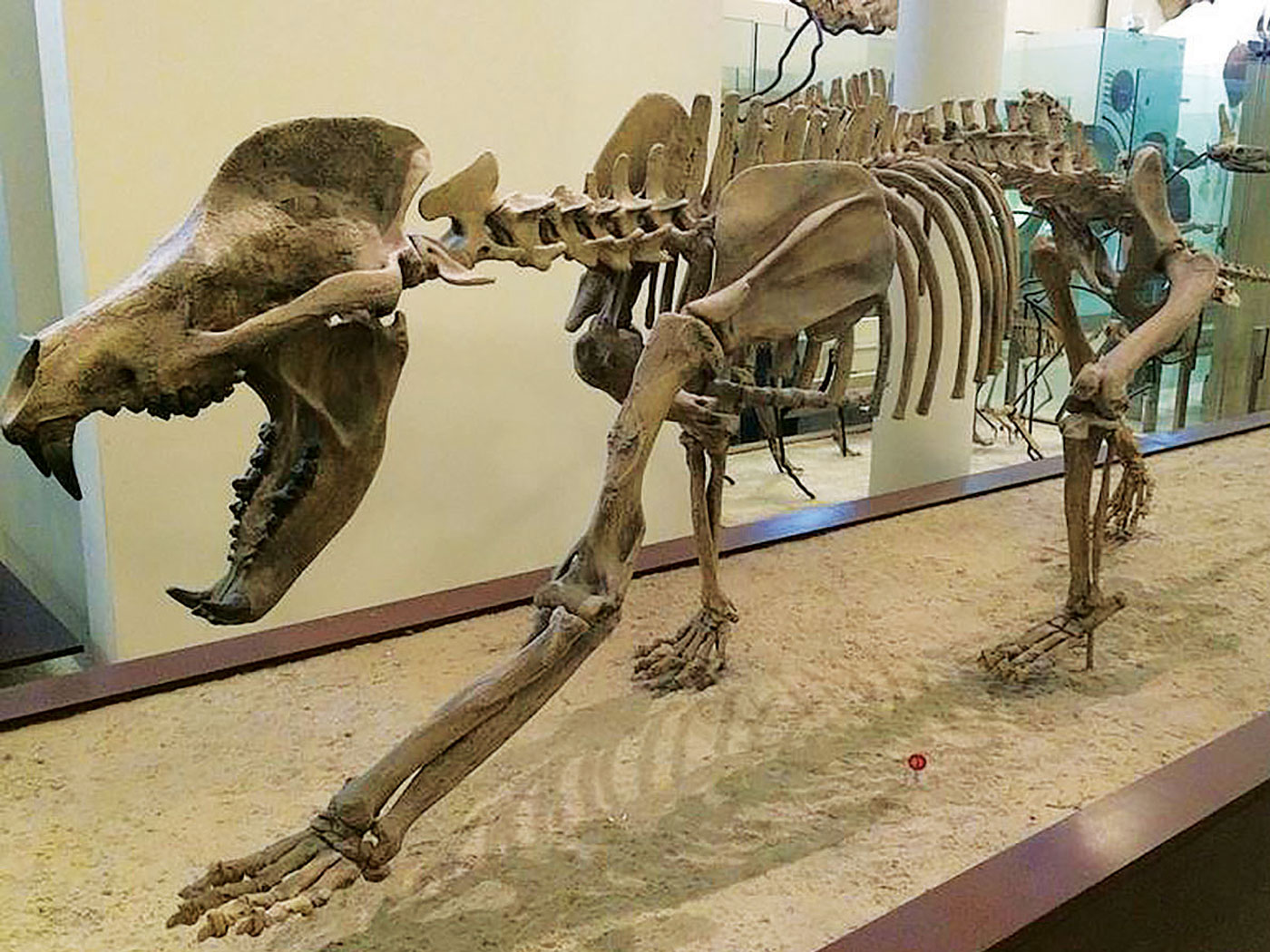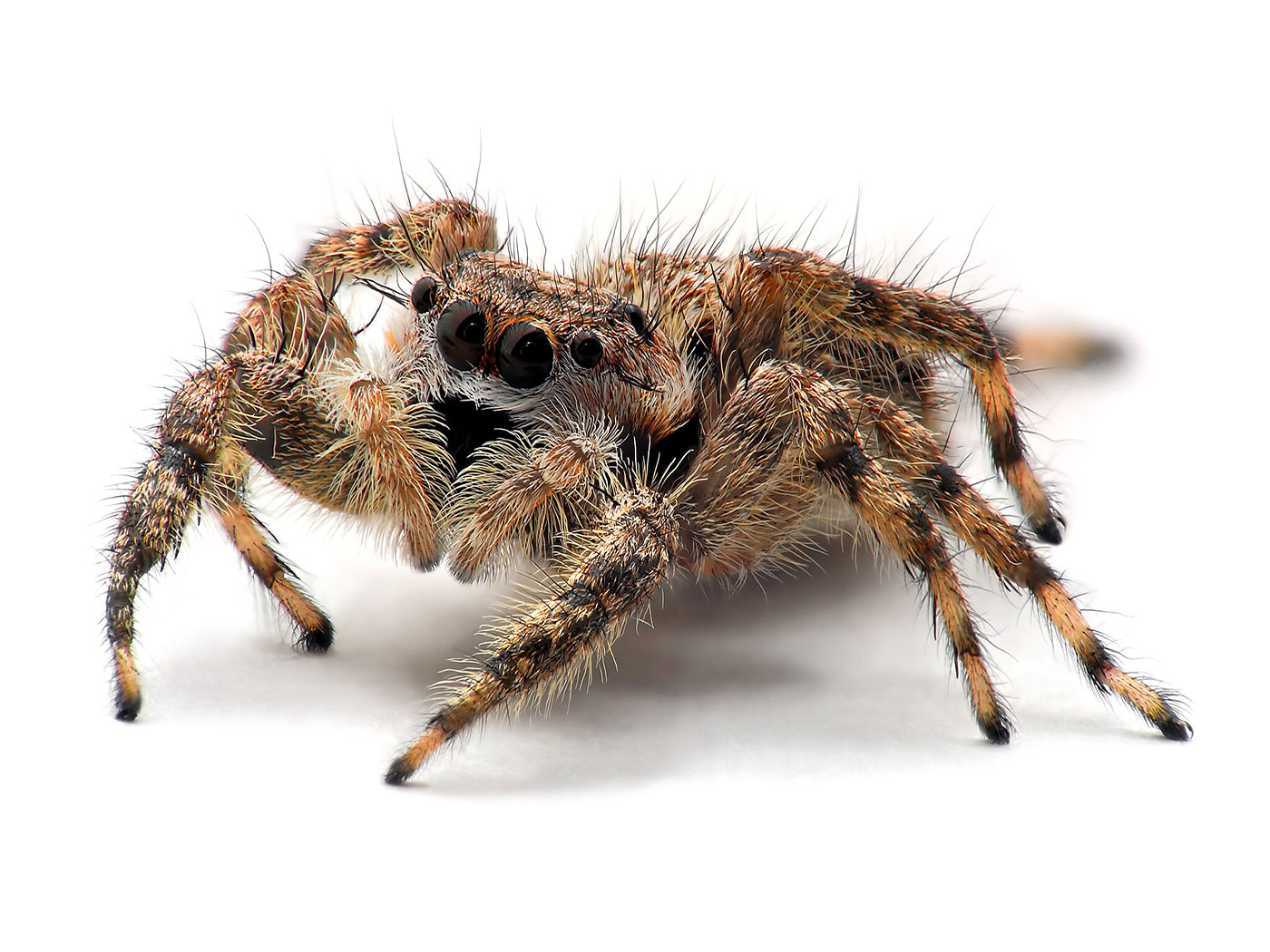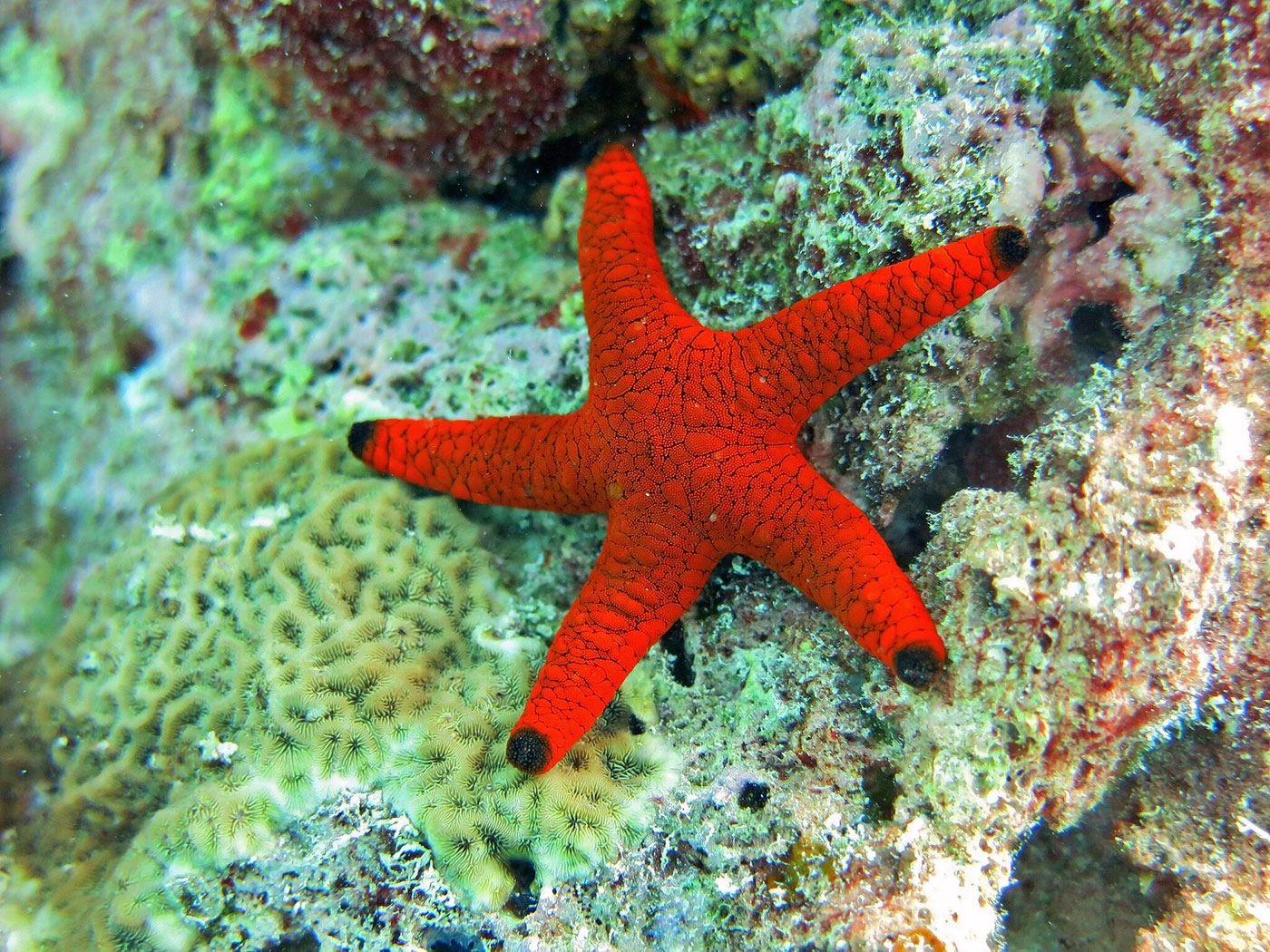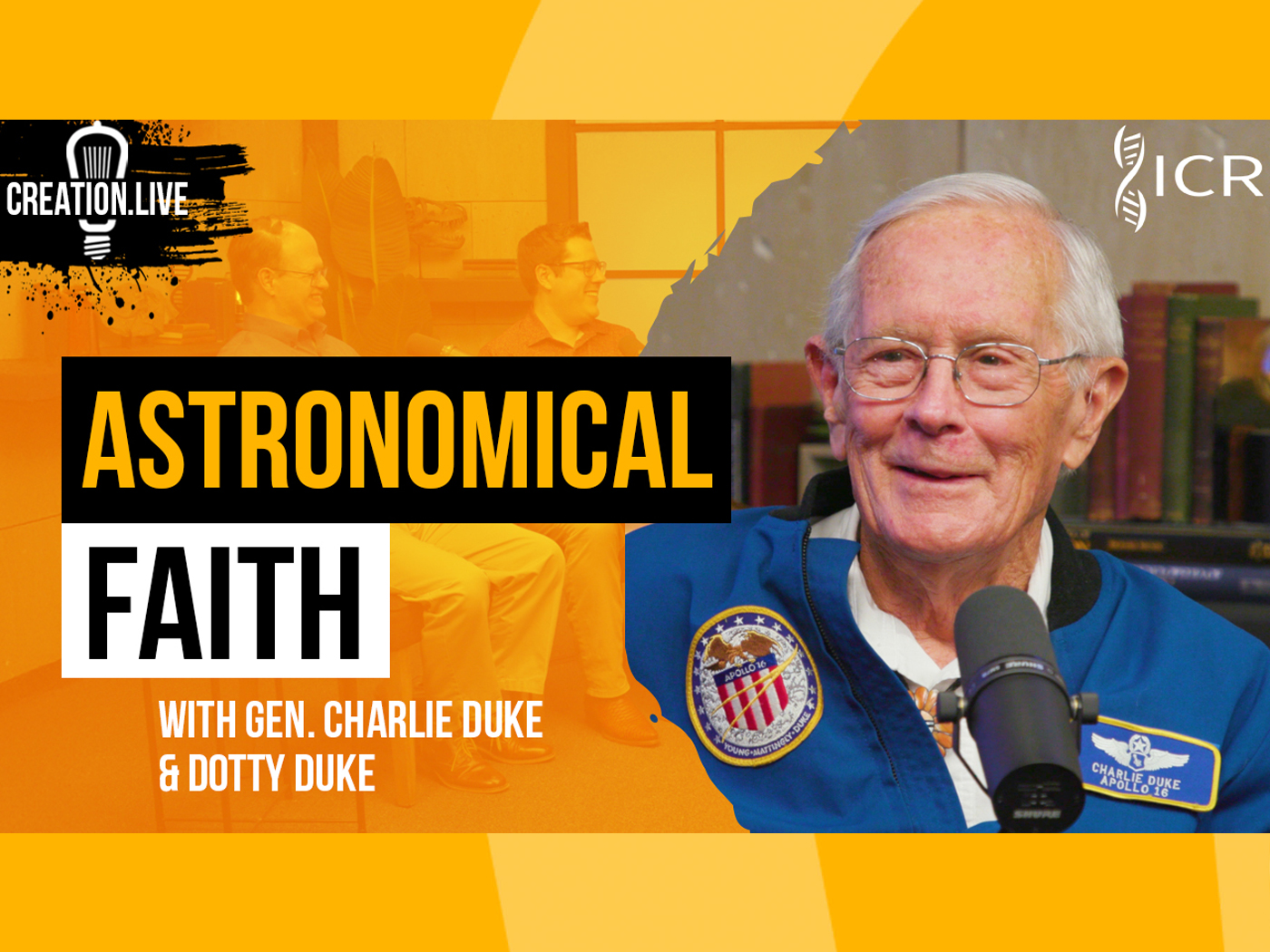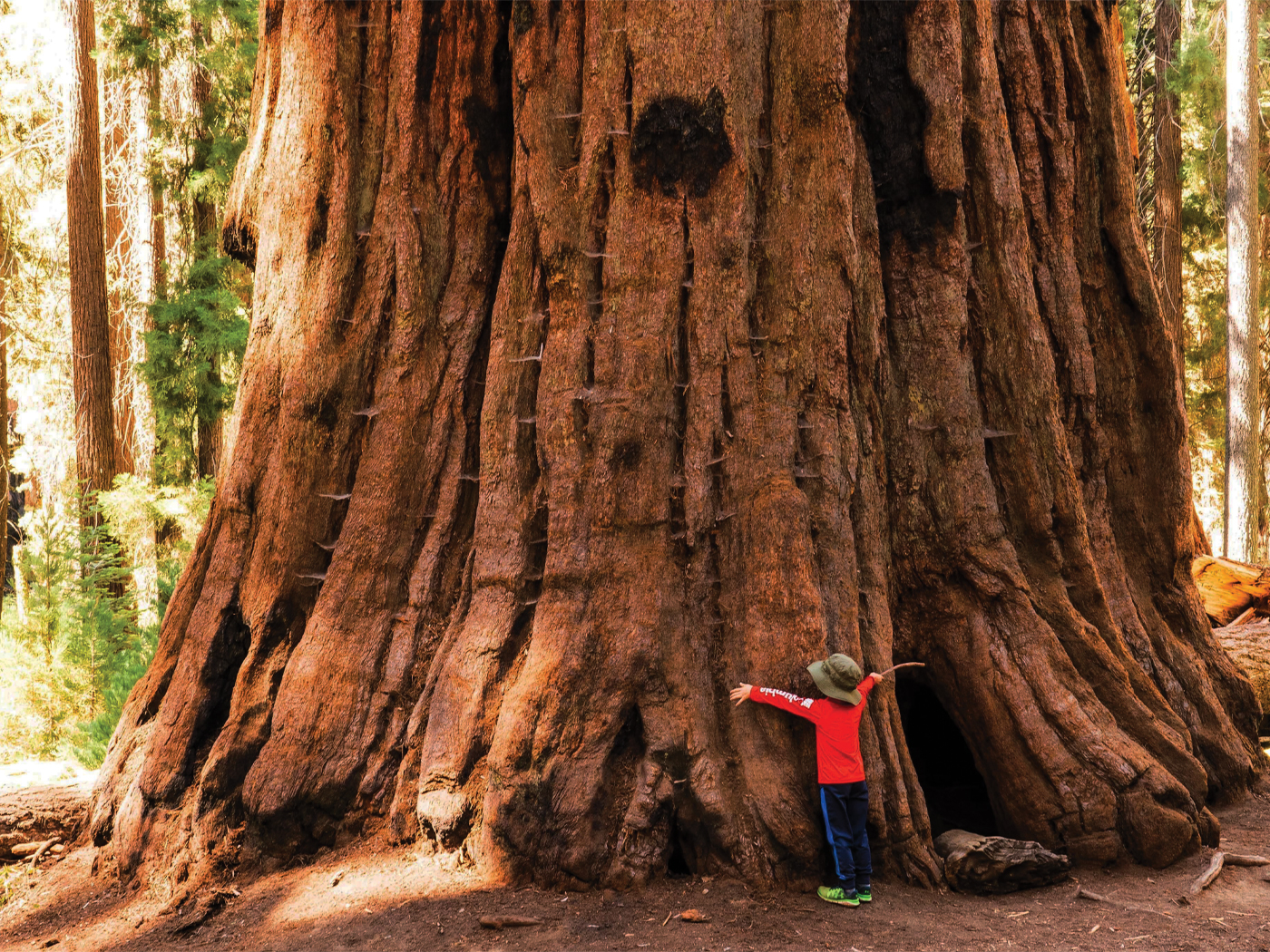One of the main themes of evolution is the belief that certain types of DNA sequences freely mutate and develop new functions that allow for new creatures to evolve. This mostly mythical concept was applied to the protein-coding regions of genes, but in recent years this idea was discredited by the discovery of multiple codes imbedded in the same sequence—because the disruption of these codes is typically harmful, mutations are not tolerated. And now another critical imbedded code was discovered, further discrediting the idea of pervasive mutable DNA in genes.1
Proteins are made of chains of amino acids whose sequences are specified in the coding segments of genes along chromosomes. RNA copies of genes containing the coding regions are made in the cell's nucleus and then taken out of the nucleus into the cytoplasm to protein manufacturing sites called ribosomes. Each sequence of three bases in the RNA (called a codon) codes for a single amino acid in a protein. Codons were initially thought to possess redundancy. The first two bases in the codon sequence are the same, but the third base was found to vary. For example, the codons GGU, GGC, GGA, and GGG all encode the same amino acid called glycine, but the third base is different.
When scientists first discovered variation in the third base of codons, they simply dismissed the variability as redundant—leading to the idea of codon degeneracy. More importantly, they thought it was a mechanism for evolution to occur. If the third base of a codon could be neutral to the final outcome—i.e., the third base was somewhat non-functional—perhaps it was free to mutate and evolve. This idea would lay the foundation for what was termed the neutral model theory of evolution.
However, what was labeled in hopeful ignorance as redundant/degenerate and promoted for years as a viable mechanism for evolution, has in the past several years been thoroughly discredited through a series of amazing discoveries that only serve to highlight the incredible ingenuity of the Creator. As it turns out, the third base in codons is not allowed to be variable because other codes are embedded within them. One set of codes tells cell machinery (called transcription factors) that regulate the expression of genes where to bind to the DNA inside genes.2,3 Yet another set of codon codes was discovered that specifically determine the rate of protein production (called translation) at the ribosomes which determines the proper folding of the protein as it is being produced.4,5
The process of making RNA templates that are used to make proteins is called transcription. This latest discovery shows that the third base of codons regulates rates of gene transcription and levels of messenger RNA copies made from a gene along with the corresponding amounts of protein produced. In other words, the amount of output produced from a gene is directly related to the specific DNA sequence in codons.
Gene output must be highly controlled and regulated in the cell just like a cruise-control mechanism in a car regulates its speed. If genes are not properly regulated, cellular dysfunction would result in disease or death. Now it is proven that the specific sequence of codons, including the third base, plays a key role in the process of gene regulation by controlling the rate of transcription.
We have three different types of codes specified by codons that not only overlap each other, but play key roles in diverse types of cellular function. To sum things up, full codon utility (all three bases) controls: 1) transcription factor binding, 2) protein production rate and protein folding, and 3) gene transcription rates and levels.
While human generated computer code is linear with only one meaning, the genetic code created by an Omnipotent God has multiple complex meanings and functions—all in the same sequence. The complexity of the genetic code points directly to a Divine Engineer instead of random purposeless evolution
References
- Zhou, Z., et al. 2016. Codon usage is an important determinant of gene expression levels largely through its effects on transcription. Proceedings of the National Academy of Sciences of the United States of America. Published online before print September 26, 2016, doi: 10.1073/pnas.1606724113
- Tomkins, J. 2014. Duons: Parallel Gene Code Defies Evolution. Creation Science Update. Posted on ICR.org January 6, 2014, accessed October 3, 2016.
- Stergachis, A. B., et al. 2013. Exonic Transcription Factor Binding Directs Codon Choice and Affects Protein Evolution. Science. 342 (6164): 1367-1372.
- Tomkins, J. 2014. Dual-Gene Codes Defy Evolution...Again. Creation Science Update. Posted on ICR.org September 12, 2014, accessed October 3, 2016.
- D'Onofrio, D. J. and D. L. Abel. 2014. Redundancy of the genetic code enables translational pausing. Frontiers in Genetics. 5 (140): doi: 10.3389/fgene.2014.00140.
*Dr. Tomkins is Director of Life Sciences at the Institute for Creation Research and earned his Ph.D. in genetics from Clemson University.
Article posted on October 13, 2016.




